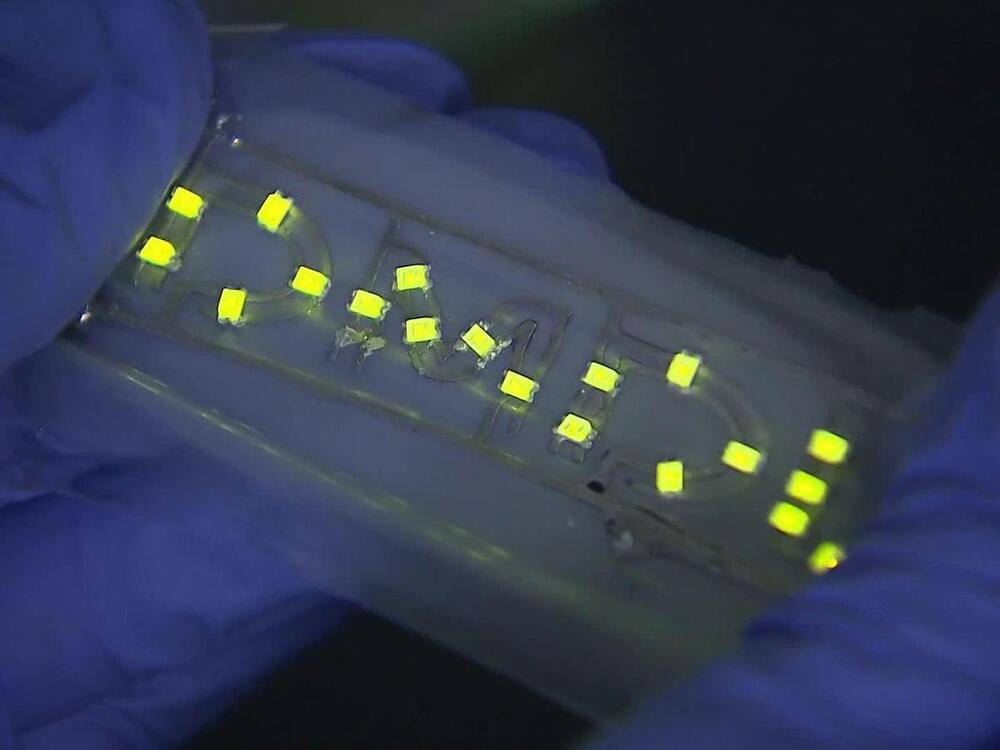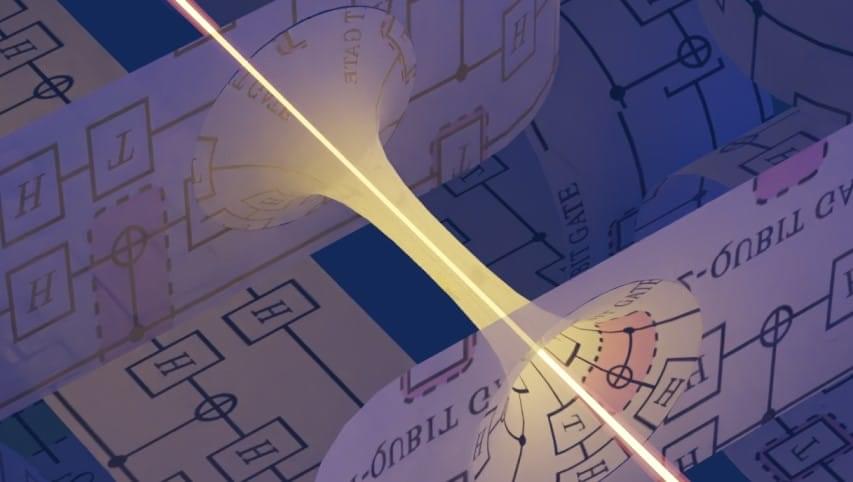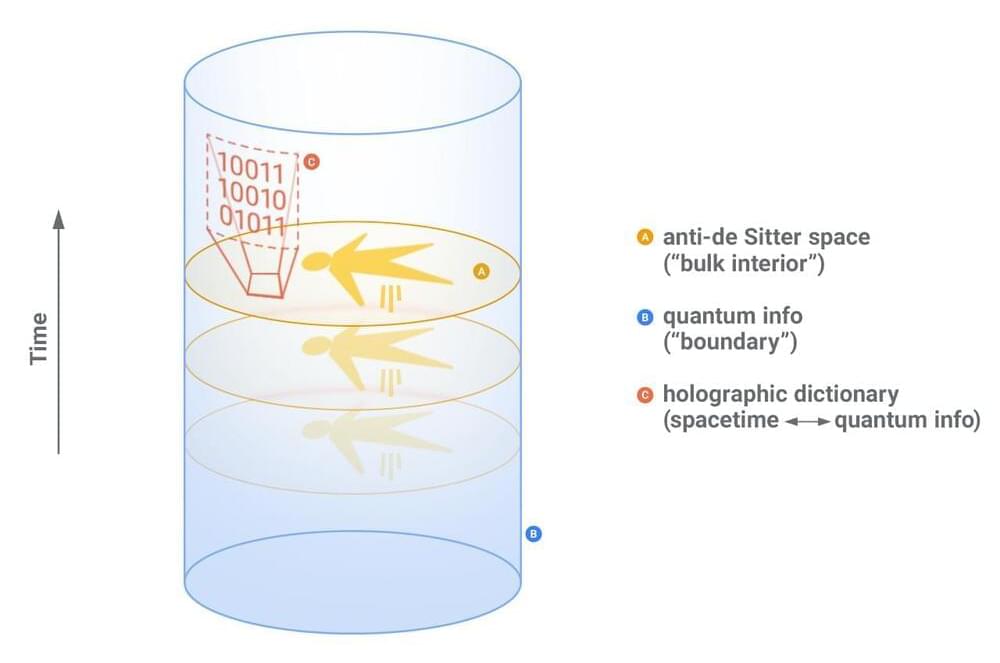The goal of achieving what is called artificial general intelligence — or the capacity of an engineered system to display human-like general intelligence — is still some time off into the future. Nevertheless, experts in the field of AI have no doubt accomplished some major milestones along the way, including developing AI capable of deep neural reasoning, tactile reasoning, and even AI with rudimentary social skills.
Now, in yet another step toward AI with more human-like intelligence, researchers from IBM, the Massachusetts Institute of Technology and Harvard University have developed a series of tests that would evaluate an AI’s ability to use a machine version of “common sense” — or a basic ability to perceive, understand, and judge in a manner that is shared by nearly all humans.






